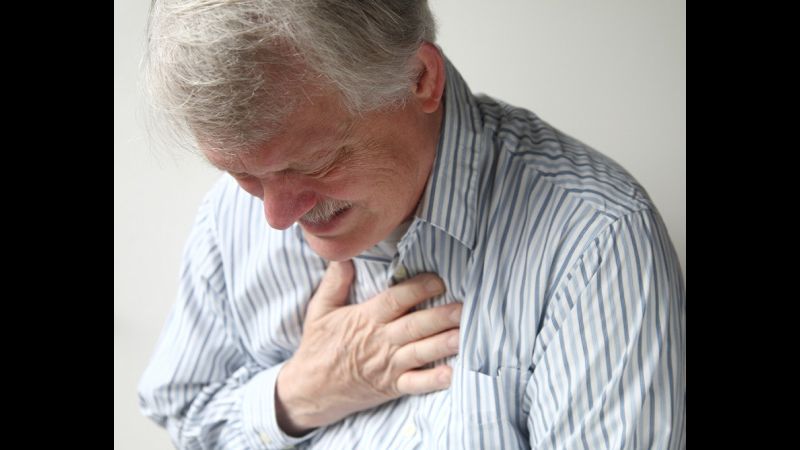Fact: heart disease is the leading cause of death in both men and women, resulting in approximately 610,000 deaths a year as estimated by the Centers for Disease Control and Prevention. Heart attacks are the most common form of heart disease affecting thousands each year, and if you’re a caregiver, it’s important to know how to recognize the warning signs of a heart attack in a loved one as outlined by the American Heart Association.
Warning Signs in Men
This fact may not be as well-known, but the warning signs of a heart attack vary according to one’s gender. Below are some of the common warning signs in men:
- Chest pain or discomfort that either remains steady for more than a few minutes or simply goes away only to come back a few minutes later. It’s most commonly felt as a painful squeezing, fullness or uncomfortable pressure sensation. One can also experience pain or discomfort in the stomach, neck, jaw, back or one/both arms.
- Shortness of breath is the second most common warning sign for men, but it’s important to note that it may or may not be experienced with chest pain or discomfort.
- In addition, other warning signs include nausea, vomiting, lightheadedness or cold sweats.
Warning Signs in Women
As mentioned above, the warning signs of a heart attack in women differ from those in men, so be sure you’re aware of these slight differences:
- Similarly to men, chest pain or discomfort is the biggest warning sign of a heart attack in women. It’s important to note, however, that not all women experience this pain and are more likely to experience the following symptoms.
- Women are much more likely than men to experience shortness of breath than men.
- Nausea, vomiting, back or jaw pain are the other warning signs that women are much more likely to experience than men.
What to Do
So if you recognize any of these warning signs of a heart attack in a loved one, what do you do? You guessed it – call 911 immediately. This may seem like common knowledge, but a startling amount of people wait more than two hours to seek treatment because they are not positive it is a heart attack or they simply tell themselves they’re not having one. While these fears are understandable, it can be extremely detrimental to one’s health and ability to recover.
Knowing how to recognize the warning signs of a heart attack in a loved one is important for any caregiver, but it’s almost important to be aware of how your loved one’s actions may increase his/her risk of experiencing a heart attack. Below are some of the most common risk factors associated with heart attacks:
- Smoking – even being around secondhand smoke can be detrimental to your heart health
- Not monitoring one’s blood pressure or blood sugar, especially if he/she prone to high blood pressure or diabetes
- Eating foods that are high in saturated fats, salt, sugars and trans fats
- Not getting enough physical activity
- Not maintaining a healthy weight
In addition to addressing these risk factors outlined above, research which nearby hospitals offer 24/7 emergency cardiac care in case you or your loved one should ever experience a heart attack. It’s also a good idea to keep a list of phone numbers to contact in case of an emergency by the telephone. These simple preventative steps can go a long way in promoting your loved one’s health should they ever have a heart attack.

